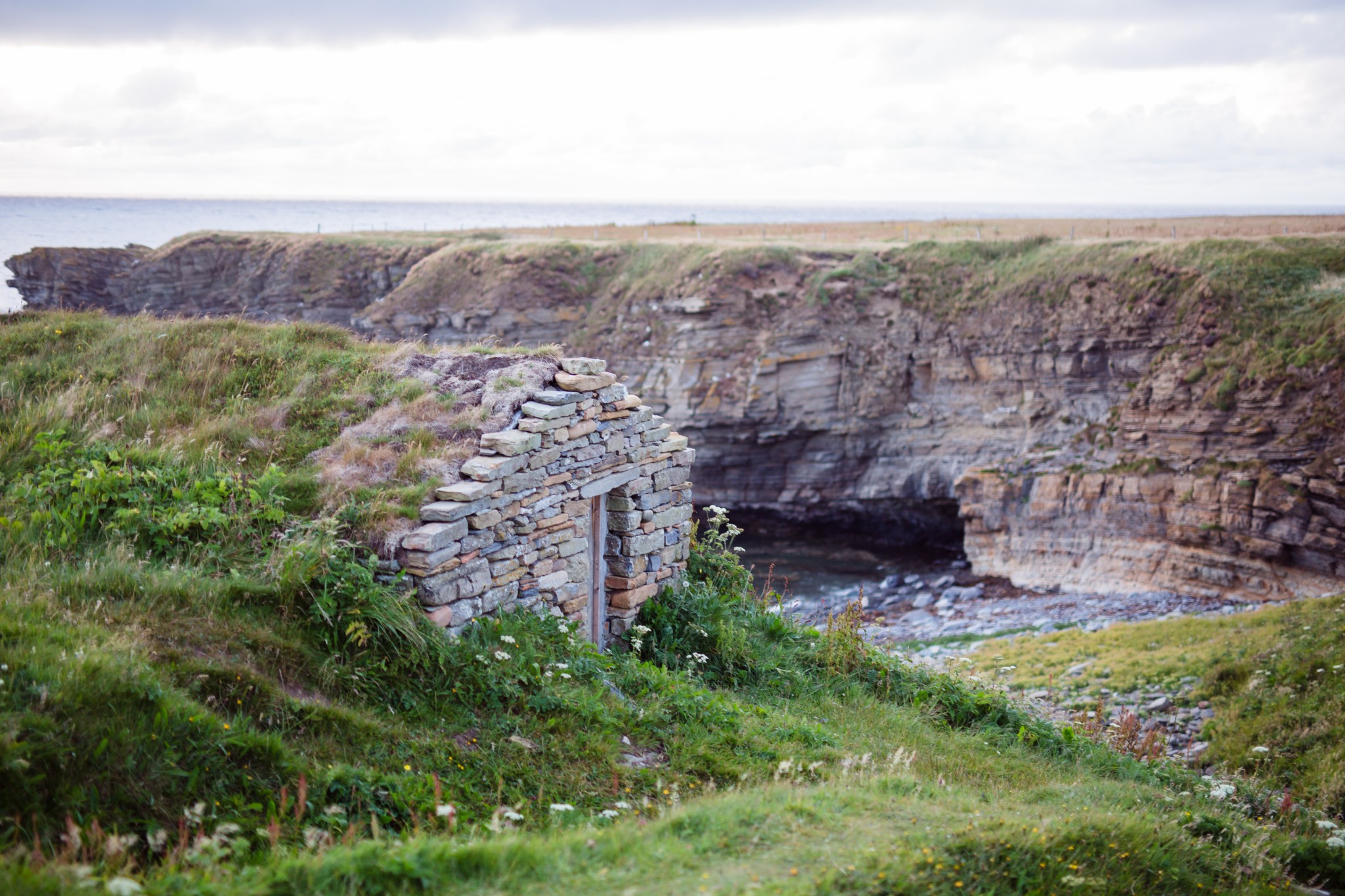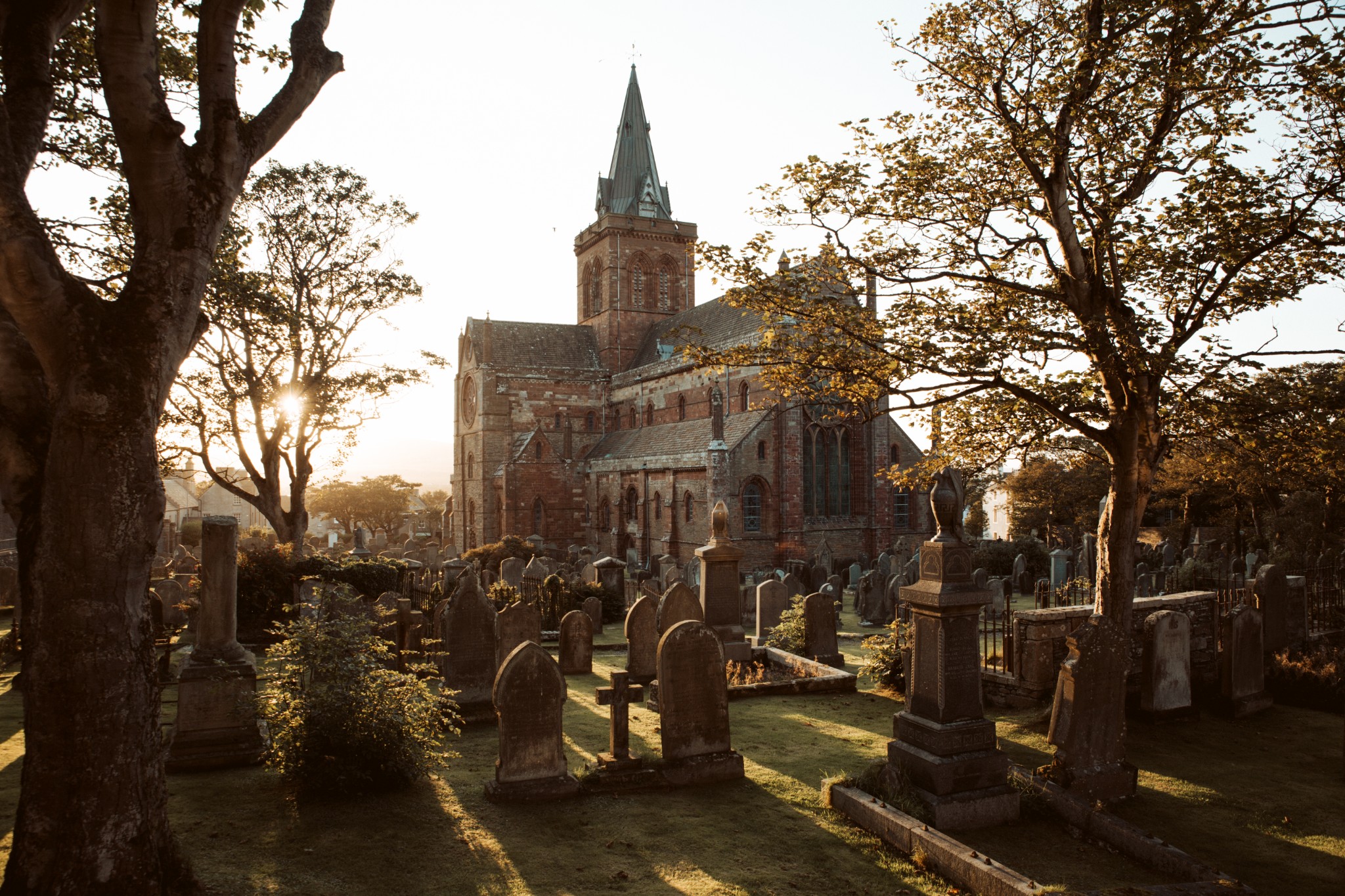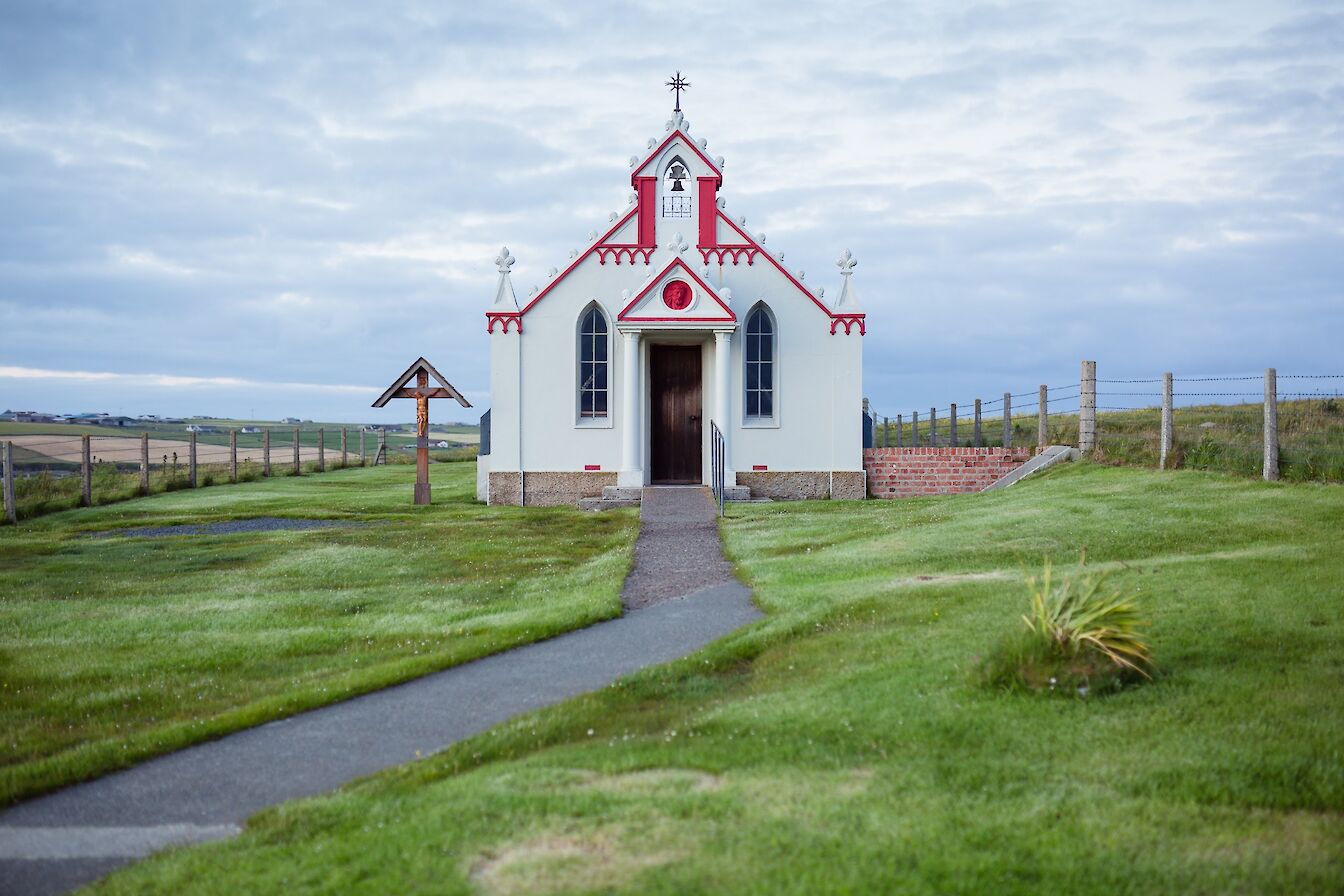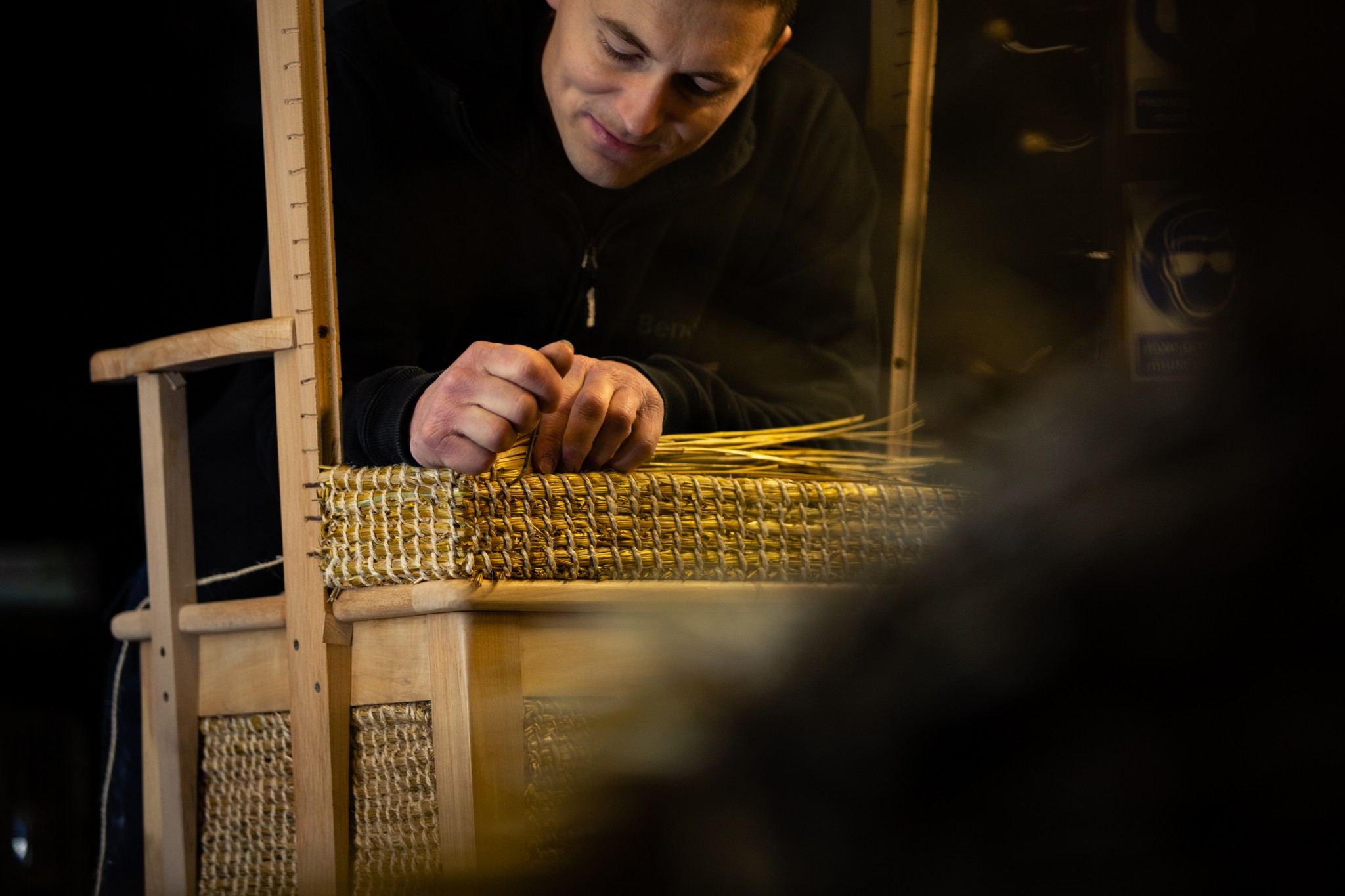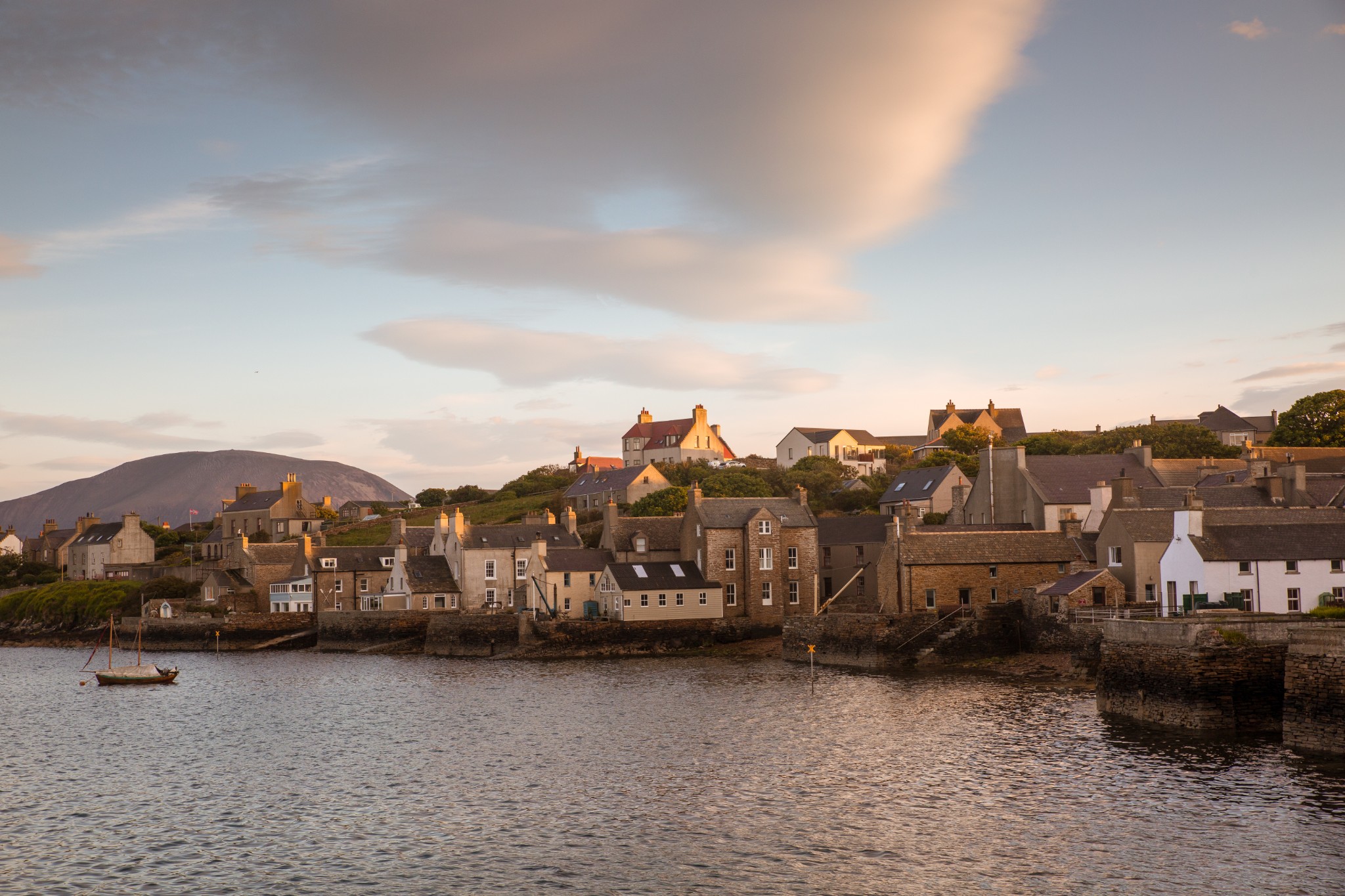These islands are full of stories just waiting to be told.
For thousands of years people in Orkney have gathered round hearths, sharing tales of mystery and wonder.
They exist in our landscapes and within the sea that surrounds us. From Viking sagas to stories of more recent conflict, when wartime brought darkness and new life to our shores.
Stories influence our music, our songs, our food and our drink. They inspire generations of island makers, and guide us as we strive for new horizons. Orkney has sent its stories off around the world and seen them journey through countries and cultures far and wide.
Now let us share them with you, so you can create an Orkney chapter in your own life story.
Little did early Orcadians know that the monuments they left behind would create such intrigue and amazement many thousands of years later. Tour guides at our ancient stone circles, the Ring of Brodgar and the Standing Stones of Stenness, will tell you the most asked question they hear is ‘why were they built?’. Of course, there’s no straight answer – it’s a story that you have find your own ending for.
Mystery surrounds the Neolithic village of Skara Brae too. Why did the inhabitants leave after putting so much effort and resource into building their incredible settlement?
Other locations, like the Knap of Howar in Papa Westray, and tombs including Cuween, Quoyness and Vinquoy give you the chance to experience even more ancient history and the stories that surround them.
Generations of Orkney folk have worked the land and the sea, leaving a lasting imprint on our green fields and rugged coastline. Farming is a way of life across the islands and you can explore its history at two fascinating sites, Kirbuster and Corrigall Museums. The Smiddy Museum in St Margaret's Hope offers a glimpse into the life of a village blacksmith too.
Although our fishing heritage isn’t as woven into Orkney life as agriculture, you can still get a sense of our relationship to the wild waters around the islands with a walk along the coast at places like Marwick and Northside in Birsay. Fishermen’s huts perched above sharp geos offered protection from the Atlantic storms of yesteryear, and you can still see boat nousts carved out of the surrounding soil.
You’d be amazed at Orkney’s connections with the wider world too. A visit to one of our many island heritage centres showcases just how Orcadians have taken their stories around the globe. You never know, you might find your own family link to one of our friendly communities.
Orkney’s Viking heritage can be found throughout the islands, in our place names, our people and some fascinating locations. Maeshowe might be part of our World Heritage Site, but its Norse links steal the show. Viking warriors left their mark in the ancient tomb, leaving behind examples of graffiti including ‘Haermund Hardaxe carved these runes’ and the stunning Maeshowe Dragon carving.
The Orkneyinga Saga, written in Iceland more than 800-years-ago, documents a time of turmoil in the islands. You can visit many of the sites mentioned, including the Earl’s Bu and Round Kirk in Orphir – only the Vikings would build a Norse drinking hall next to a church.
The magnificent St Magnus Cathedral truly showcases Orkney’s Norse heritage and forms a vital part of the St Magnus story. It’s also the end point of the St Magnus Way, a multi-stop walking route across many of Orkney’s Viking landmarks.
Continue on your Viking story trail with a visit to the Orkney Museum to see the beautiful decorated whalebone Scar Plaque – just one of a number of Norse treasures uncovered at a burial site in Sanday in the early 1990s.
Watch our film to start exploring Orkney's stories
Orkney was transformed during both World Wars. Scapa Flow became the base for the Home Fleet, airfields were dotted around the Orkney mainland and thousands of men and women arrived as part of the war effort. You will be able to explore some of the stories of Orkney’s role in both conflicts at the newly refurbished Scapa Flow Museum at Lyness when it opens its doors for the first time since 2019 later this summer.
The beautiful Italian Chapel tells a tale of hope amidst the darkness of war, a lasting legacy from the prisoners of war who built it and the Churchill Barriers.
Places like the Ness Battery, with its sprawling painted mural and mess huts, and wartime buildings in Flotta and at Rerwick Head, also help bring the story of Orkney’s wars to life.
And if you want to experience something quite special, you can plunge into the cold, clear waters of Scapa Flow and dive on wartime wrecks on the seabed, including the remains of the German High Seas Fleet.
Many of our talented makers learnt the tricks of their trades from the generations that have gone before, with tips and techniques passed down through the years. Follow the Creative Orkney trail to see traditional Orcadian furniture crafted by hand, or stunning wood-turned balls – replicas of finds at our Neolithic sites. Our jewellery makers interpret Orkney’s folklore and history for inspiration too.
Meanwhile, many of our food and drink businesses take their influence from the Orcadian larder. Places like the Barony Mill and Highland Park Distillery still use traditional methods to create their products, with a new generation of makers guided by ingredients sourced from land and sea.
There’s even a local rum named after an infamous Orkney pirate. Take a trip on the Taste of Orkney trail to uncover these stories for yourself.
Orkney has been home to some very famous faces, many of whom have gone on to make a major impact on history beyond these shores. Our Arctic explorer, Dr John Rae, discovered the fabled Northwest Passage and his story is documented at the excellent Stromness Museum.
In George Mackay Brown we have a writer who captured the special spirit of Orkney life perfectly throughout his books and poems, many focused on his beloved Stromness.
His stories are ideal for taking to a quiet spot on the coast and soaking up the sights, sounds and scenery of an Orkney summer.
Orkney is at the forefront of the fight against climate change and examples of ingenuity and energy expertise can be found across the islands. From places like the Click Mill to the huge wind turbines on Burgar Hill, our energy story is there for all to see.
You can also catch a glimpse of the future, with marine energy devices on our piers, and the space-age O2 tidal turbine generating electricity in our waters. You can even hire an electric vehicle for your sight-seeing tour.
Check out the ReFLEX Orkney Energy Trail to explore the energy of these islands.
Explore all our Orkney story locations
Key: Blue = Ancient past; Orange = Around our islands; Green = Sagas, saints and sinners; Purple = Conflict; Yellow = Creativity; Grey = Exploration; Black = Future
If you still want to discover more stories from Orkney this year, the Orkney Storytelling Festival will be back in October with a wide range of events and activities, featuring local and visiting storytellers.



